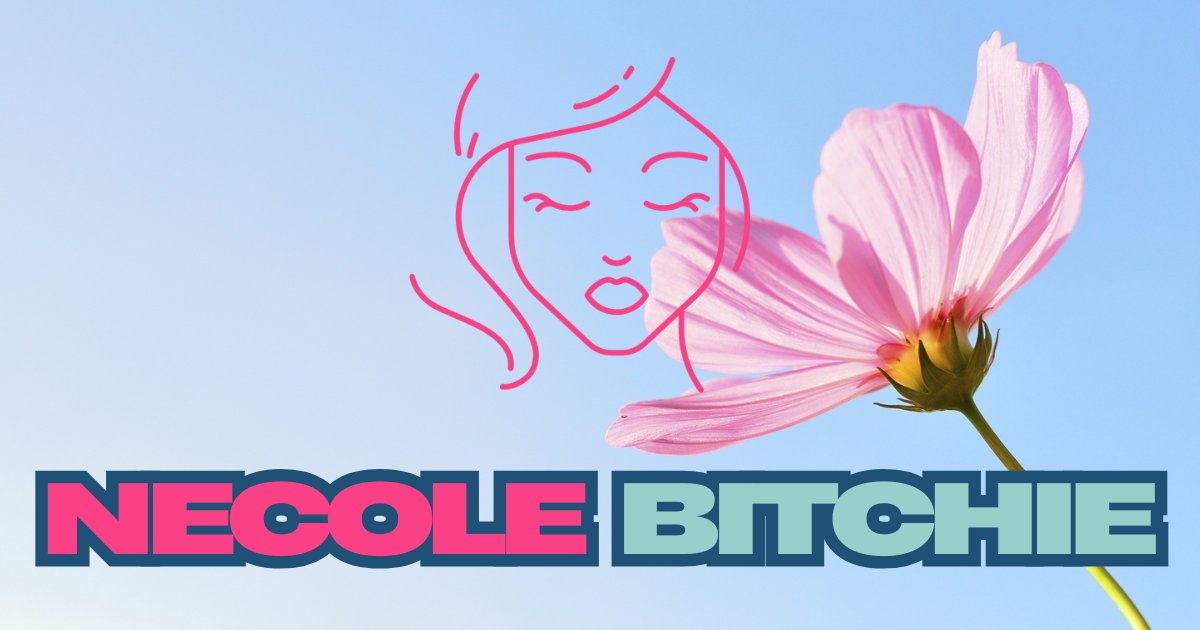Patrons of the Arts: Who They Were and How They Shaped Artistic History
Introduction: The Vital Role of Patrons in the Arts
Throughout history, the creation and flourishing of art have been deeply intertwined with the support of patrons . These individuals and institutions provided the resources, encouragement, and audiences that artists needed to bring their visions to life. Without this crucial backing, many masterpieces and cultural movements might never have come to fruition. Understanding who these patrons were and the mechanisms of their support unveils the pathways through which art has been nurtured-and offers guidance for artists and art lovers today.
Who Were the Patrons of the Arts?
Patrons of the arts have come from many walks of life, ranging from royalty and religious leaders to wealthy entrepreneurs and institutions. Their involvement has shifted over time, reflecting broader social, political, and economic changes.
Historical Figures: Royalty and Nobility
In the Renaissance period, Isabella d’Este , Marchioness of Mantua, was one of the most celebrated female patrons. Her patronage extended to leading artists such as Leonardo da Vinci, Titian, and Raphael. Isabella’s court became a hub for creativity, and her personal collection-assembled in her private “Studiolo”-set standards for taste and intellectual engagement [1] . Her involvement exemplifies how rulers and aristocrats used patronage to enhance their political stature and cultural legacy.
Industrialists and Business Leaders
In the late nineteenth and early twentieth centuries, the profile of patrons expanded. Sergei Shchukin , a Russian industrialist, amassed a groundbreaking collection of modern art, particularly works by Picasso, which became foundational to the State Hermitage Museum in St. Petersburg [2] . Helena Rubinstein , a cosmetics entrepreneur, not only collected art but also introduced artists to influential circles, helping them gain exposure and sales.
Women as Pioneering Patrons
Women have played a significant, sometimes underappreciated, role as art patrons. Beyond Isabella d’Este, figures like Catherine de’ Medici and Margaret of Austria in the Renaissance, and Eleanor Ward-who hosted Andy Warhol’s first solo exhibition-demonstrate the far-reaching impact women have had in shaping art history. Their patronage provided artists with not only financial backing but also platforms to reach new audiences [3] .
Institutions and Collectives
As the arts evolved, institutional patronage grew in importance. Museums, galleries, and government bodies became critical supporters. For example, the Sammlung Ludwig, led by Peter and Irene Ludwig, became prominent collectors of Andy Warhol’s work, helping to cement his international reputation [2] .
How Did Patrons Support the Arts?
Patrons have supported the arts through a variety of methods, including direct financial assistance, commissions, collecting, advocacy, and providing access to influential networks.
Financial Support and Commissions
The most direct form of support was-and remains-financial. Patrons commissioned works for private or public spaces, offering artists the security and resources to focus on their craft. For instance, Isabella d’Este commissioned paintings and sculptures for her “Studiolo,” ensuring artists like Titian and da Vinci had both income and creative freedom [1] . In Renaissance Italy, such commissions were not only about decoration but also about political symbolism and personal prestige [5] .
Purchasing and Collecting Art
Patrons often purchased existing works, building collections that elevated both the artists’ profiles and the patrons’ cultural standing. Collections like those of Shchukin or the Ludwigs have become the backbone of major museums, ensuring artists’ legacies endure [2] .

Source: pop.inquirer.net
Promoting Artists and Providing Networks
Patrons like Eleanor Ward helped emerging artists by offering exhibition space, introducing them to collectors, and championing their work in influential circles. This advocacy could have an even greater impact than financial support alone, expanding artists’ reputations and markets.
Offering Safe Havens and Creative Environments
Some patrons provided artists with studios, housing, or stipends, allowing them to experiment and produce innovative work without the stress of immediate commercial pressures. The courts of the Renaissance, for example, became centers of learning and artistic exchange thanks to patronage from figures like Isabella d’Este [1] .
Practical Steps: How Artists Can Access Patronage Today
While the nature of patronage has changed, many pathways to finding support remain relevant. Here are practical steps for artists seeking modern patrons:
1. Identify Potential Patrons and Institutions
Research individuals, companies, and institutions with a history of supporting the arts. This could include local business leaders, philanthropic foundations, or art-focused nonprofits. You can search for organizations with “arts grants” or “artist residencies” in your region or discipline.
2. Prepare a Professional Portfolio
As historical patrons demanded excellence, today’s patrons expect to see evidence of serious artistic commitment. Assemble a digital or physical portfolio highlighting your best work, past exhibitions, and any press coverage.
3. Network and Engage with the Art Community
Attend gallery openings, museum events, and art fairs to connect with potential patrons and advocates. Engaging with your local arts council or attending public art talks can also help you meet supporters who are passionate about fostering new talent.
4. Apply for Grants and Residencies
Many foundations and government agencies offer grants or residencies to artists. To find these opportunities, search for major arts foundations and official government arts agencies. For U.S.-based artists, you may consult the National Endowment for the Arts (NEA) or local state arts councils. It is recommended to visit the official NEA website or search “National Endowment for the Arts grants” to access verified and current opportunities.
5. Collaborate with Galleries and Art Dealers
Building relationships with reputable galleries and dealers can provide both financial support and access to influential collectors. Research galleries in your area with a track record of supporting emerging artists, and consider submitting work for group shows or open calls.
6. Consider Online Platforms
While not traditional patronage, crowdfunding platforms and online art marketplaces have become new avenues for artistic support. Platforms like Kickstarter and Patreon allow artists to receive direct backing from fans and collectors worldwide. It is essential to verify the legitimacy and terms of any platform before enrolling.
Challenges and Solutions in Seeking Patronage
Challenge:
Finding the Right Match
Not all patrons will be interested in every type of art. Artists should tailor their outreach and proposals to align with the interests and values of potential supporters.
Solution: Carefully research the mission and past activities of potential patrons. Look for alignment in artistic vision, medium, or subject matter, and personalize your approach accordingly.

Source: pop.inquirer.net
Challenge:
Navigating Competition
Opportunities for patronage are often highly competitive, especially for grants and residencies.
Solution: Strengthen your application by highlighting unique aspects of your work, demonstrating community impact, and gathering strong references from within the art community.
Alternative Approaches to Art Patronage
Artists unable to secure traditional patronage can explore alternative pathways:
- Collaborate with community organizations or local businesses on public art projects
- Host studio tours or open houses to engage directly with potential supporters
- Participate in artist cooperatives, which pool resources to fund and promote member artists
Key Takeaways
Patrons, whether royal, entrepreneurial, institutional, or individual, have been foundational in supporting the arts. Their methods-ranging from financial commissions to advocacy and the creation of safe creative spaces-continue to influence how art is made and shared. For today’s artists, understanding historical patronage and applying its lessons through research, networking, and professional presentation can open doors to new opportunities for support and growth.
References
- [1] America’s Collection (2024). Great Art Patrons In History: Champions Of Creativity.
- [2] Indie Sponsor (2023). Famous Artists Who Had Patrons.
- [3] TheCollector (2020). Women Of Art: 5 Patrons Who Shaped History.
- [4] Artsy (2019). The Female Art Patrons Who Shaped Art History.
- [5] HistoryExtra (2021). Leonardo Da Vinci’s Patrons: The People Who Paid For The Art.



